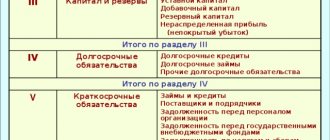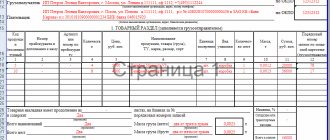Interdependence
According to paragraphs.
1 item 2 art. 269 of the Tax Code of the Russian Federation, controlled debt will be recognized as the debt of a Russian organization under a debt obligation to a foreign person who is an interdependent person of the Russian organization in accordance with paragraphs. 1, 2 or 9 p. 2 tbsp. 105.1 of the Tax Code of the Russian Federation, if such a foreign person directly or indirectly participates in a Russian organization that has a debt obligation to this foreign person. According to the specified provisions of Art. 105.1 of the Tax Code of the Russian Federation the following are recognized as interdependent persons:
- organizations in the event that one organization directly and (or) indirectly participates in another organization and the share of such participation is more than 25% (clause 1, clause 2, article 105.1 of the Tax Code of the Russian Federation);
- an individual and an organization if such an individual directly and (or) indirectly participates in such an organization and the share of such participation is more than 25% (clause 2, clause 2, article 105.1 of the Tax Code of the Russian Federation);
- organizations and (or) individuals if the share of direct participation of each previous person in each subsequent organization is more than 50% (clause 9, clause 2, article 105.1 of the Tax Code of the Russian Federation).
Example:
A foreign organization has an agreement with Organization A. In this case, the foreign organization owns:
- 50% of Entity B, which owns 16% of Entity A;
- 60% of Entity B, which owns 20% of Entity A;
- 10% of Organization D, which owns 70% of Organization A.
The share of indirect participation of a foreign organization in Organization A will be:
- through Organization B - 8% (0.5 x 0.16 x 100%);
- through Organization B - 12% (0.6 x 0.2 x 100%);
- through Organization G- 7% (0.1 x 0.7 x 100%).
The total product of the shares is 27% (8 + 12 + 7).
Thus, the foreign entity indirectly owns 27% of Entity A, which is more than 25%.
Consequently, Foreign Organization and Organization A are recognized as interdependent for the purposes of applying the Tax Code.
The debt obligation of Organization A to the Foreign organization will be considered a controlled debt for the purposes of applying Art. 269 of the Tax Code of the Russian Federation.
Determination of the tax base
To correctly calculate controlled debt, it is worth studying Article 285 of the Tax Code. It contains information about the periods used to calculate the taxable profit base. In particular, it determines advance payments based on the amount of income.
The calculation of taxable income in each period is calculated by increasing the total amount of money spent (reflected as a percentage) for the previous period by the total amount of money spent in the current period. It should be understood that this calculation occurs discretely (that is, without adding the accrued % for the previous period).
Provided that in the current taxable period the ratio of the organization’s capital and corporate capital is subject to changes in comparison with previously obtained data, then the percentages of the previous reporting periods are not recalculated.
Comparability of debt obligations
From the rule provided for in paragraphs. 2 p. 2 art. 269 of the Tax Code of the Russian Federation, there is an exception. It is contained in paragraph 8 of Art. 269 of the Tax Code of the Russian Federation. According to this rule, outstanding debt is not recognized as controlled debt if the following conditions are simultaneously met:









